A Different Sort of Community Outreach in Jordan—Building a Museum: the MRAMP Project

By: Suzanne Richard, Douglas R. Clark, Andrea Polcaro, and Marta D’Andrea, co-directors and recipients of theHarris Grant
The Madaba Regional Archaeological Museum Project (MRAMP) pilot field season took place from May 8-21. We would like to gratefully acknowledge the generous funding provided by a Harris Grant administered through ASOR for general expenses, along with a special grant from the Alessandrini Group (Studio Strati), which covered the expenses of our Italian architectural team. Thanks also to Gannon, La Sierra, and Perugia universities for their additional support for the project. The MRAMP represents an international initiative of a combined American-Italian-Jordanian collaboration dedicated to establishing a new Regional Archaeological Museum in the city of Madaba, a major tourist centre about 35 miles south of the capital city of Amman. Within the centrally located Madaba Archaeological Park West, this ambitious and exciting project envisions the restoration of the Ottoman Buildings, which along with the adjacent “Roman Road,” and the “Burnt Palace” and “Martyrs Church” with their stunning mosaics from the late Byzantine Period, will eventually constitute the first floor of a newly designed museum that will encompass and preserve these important antiquities. The upper floors of the new museum will include exhibits of materials excavated from the various archaeological projects of the Madaba Region.
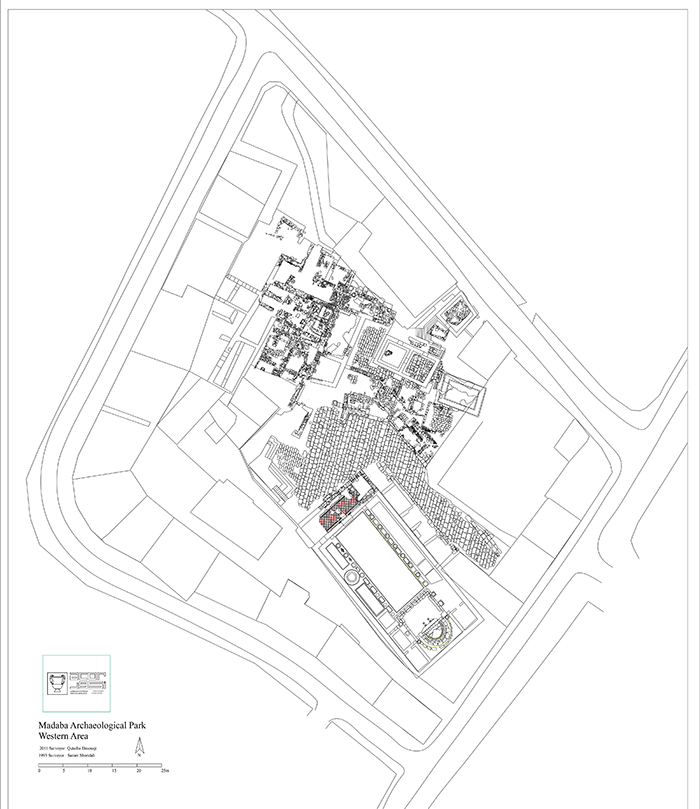
Figure 1: General plan of Madaba Archaeological Park West (courtesy of Robert Schick).
The long-term project, initially conceived and planned beginning nearly a decade ago by regional dig directors, gained momentum with a new initiative and new architectural conceptualization by the directors of three archaeological projects in Jordan: Suzanne Richard (Gannon University) and Marta D’Andrea (Sapienza University of Rome) of the Khirbat Iskandar Expedition, Douglas R. Clark (La Sierra University) of the Madaba Plains Project at ‘Umayri, and Andrea Polcaro (University of Perugia) of the Jebel al-Muttawwaq Expedition. Mr. Basem al-Mahamid, district director of the Madaba Regional Office of the Department of Antiquities of Jordan, is the project co-ordinator. The overall goal of this multi-stage initiative in community archaeology is to engage local stakeholders as full partners in protecting, preserving, and showcasing the rich heritage of Madaba’s monuments from the Roman – Ottoman periods (ca. 2nd -19th centuries).
Thanks to our six terrific students (from Italy–Marco Benatti, Chiara Castiglia, Chiara Panicucci, and Maddalena Scattini; and America–Hew Murdoch and Maira de Sa Kaye) and workers from the Dept. of Antiquities, the two-week season was highly successful. The strategy was to clean and get down to the surface levels reached by earlier expeditions in order to prepare the area for the work of the team of Italian architects, Guido Batocchioni, Laura Romagnoli, and Valeria Gaspari. Totally undaunted by the height of the vegetation that had overgrown the area (it had been a good year for rain in Jordan and twenty years since last excavated), the students were able to clear the overgrowth (see before and after pictures Figs. 2-3) and begin the work of rediscovering the original architectural plan and floors of the Ottoman complex. Thus, when the architects arrived in the second week, they were able to complete their work with the total station: taking new measurements in order to produce a new topographical map of the entire area; gathering all architectonic information needed to provide a 3D reconstruction and scale model of the new archaeological museum in context; and, assessing the condition of the buildings in order to prepare for state-of-the art restorations of existing walls and floors in the typical 19th-century Ottoman architectural style of Madaba.
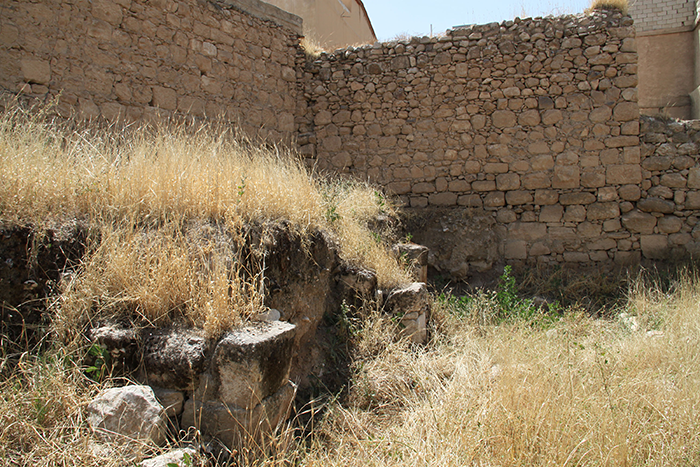
Figure 2: Photo of the area before excavation.
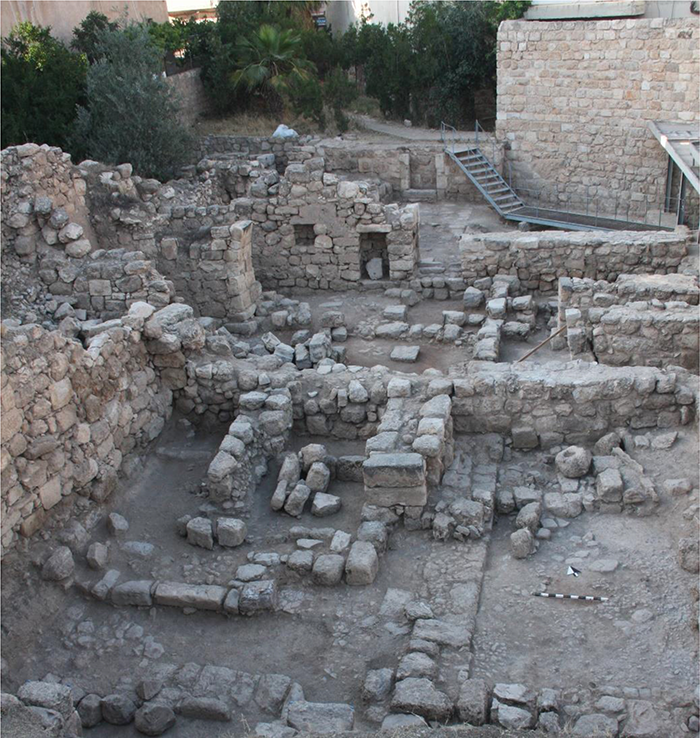
Figure 3: Photo of the Ottoman Buildings after excavation.
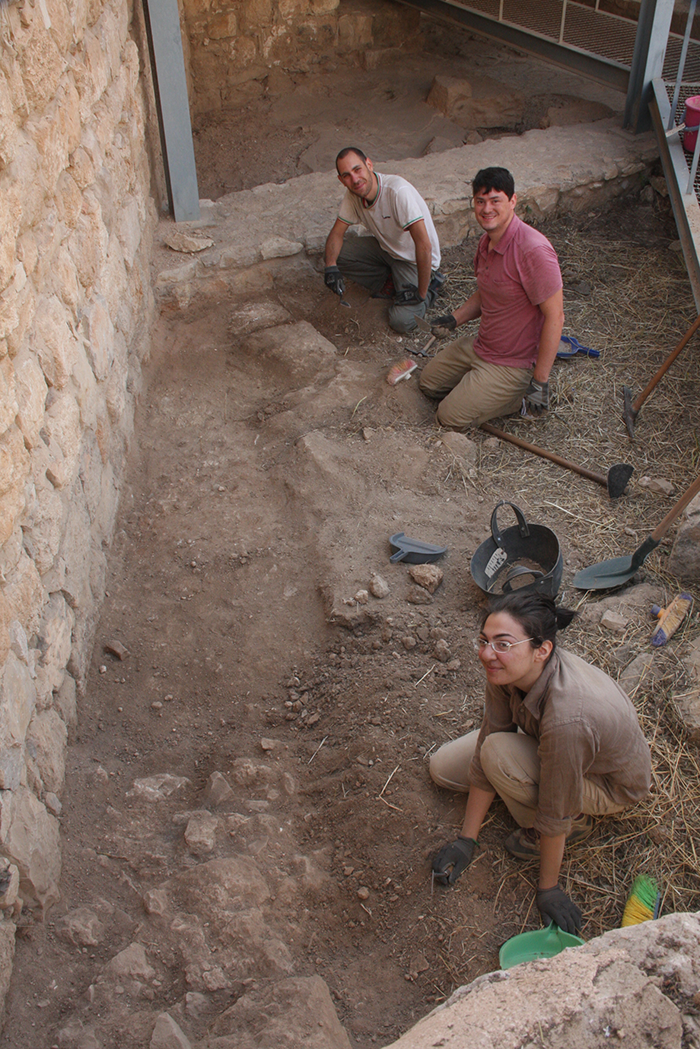
Figure 4: Marco, Hew, and Maddalena exposing the original floors.
Research on the latter has also included ethno-archaeology, as interviews with the third generation of descendants of the original owners of houses built over the ancient ruins, the Oweimrin Family, took place this summer. In the 1880s, when Christian families from the city of Karak began to settle Madaba, the Oweimrin clan built a series of houses in this quarter, several of which originally covered the Burnt Palace and the Martyrs Church. One of the buildings—today the Directorate of Tourism—was rented by the Oweimrins to a physician and was the first medical clinic in Madaba. This fascinating heritage of Madaba illustrates how the city began and developed in the vicinity of the Orthodox Church of St. George’s (the site of the oldest map of Jerusalem in the mosaic floor of the church) and the Church of St. John the Baptist of the Roman Patriarchy of Madaba.
The American co-directors (Richard and Clark) certainly learned a lot from this collaboration with their Italian co-directors (Polcaro and D’Andrea): you can get a lot done in two weeks with a team of well-trained and experienced students. In fact, it is typically unheard of to have all the processing of materials (description, drawing, photography, database) completed in the field, but, yes, the students did it—although it did mean some late nights in the conference room so generously provided for our use by Charl Twal of the Mariam Hotel (our other “digs” when not in the field).
At the end of the two weeks, in fact on our last morning in Madaba before traveling to Amman to attend the week-long International Conference on the Archaeology and History of Jordan (ICHAJ 13), a group of dig directors from the Madaba Region arrived for a tour of the newly re-exposed Ottoman Complex (see Fig. 3). In the broad scope of this project, the goals are not only to develop the archaeological park into a museum, but also to train local specialists through cooperative research (even internships and MA programs in Museum and other studies at foreign universities), as well as to digitize all museum records. We are already beginning this summer with day-long workshops to take place on several excavations, for example, at Khirbat Iskandar, ‘Umayri, Jalul, and Hesban. In a period when cultural heritage is in danger throughout the region, this project seeks to raise awareness of cultural and archaeological assets among the local communities, as well as to enhance the economy by attracting more tourists to the city of Madaba and its region, which includes archaeological remains from the prehistoric through the Ottoman periods.
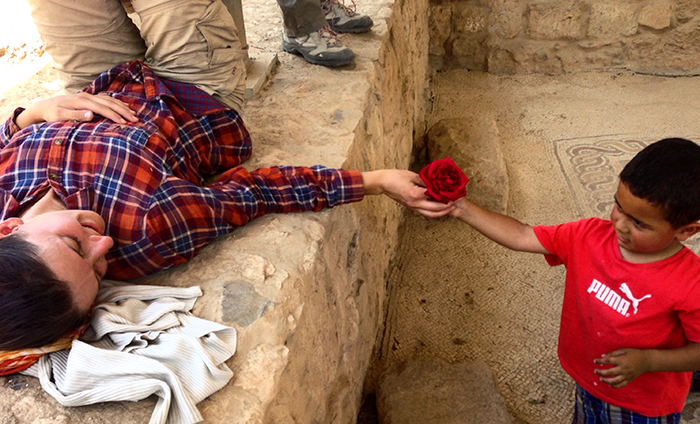
Figure 5: Community Outreach: Chiara Panicucci and friend.
I’m sure everyone would be interested to see plans of the innovative architectural vision for the Archaeological Park. However, since the design is still evolving, we can only say that the plans drawn up creatively integrate exhibition space with passageways among the monuments, innovatively use augmented reality and virtual reality in exhibition to enhance visitor interaction with the past, and that the architectural project of the Studio Strati pivots around the connection between open and built-up spaces that will showcase the archaeological exhibition. The roofing promises to be stunning and to creatively and artistically reflect the Byzantine and Islamic cultural heritage of Madaba.
Next steps? We are already planning the next season. We hope to finish cleaning additional rooms, recheck the stratigraphy, and consolidate and restore the complex. Redoubling our efforts in Europe and the U.S. to secure funding for this ambitious plan to safeguard the cultural heritage of this strategic corner of the Middle East, we hope to see the construction of the Museum begin thereafter. We would, of course, welcome comments, suggestions, and interested stakeholders to join us!
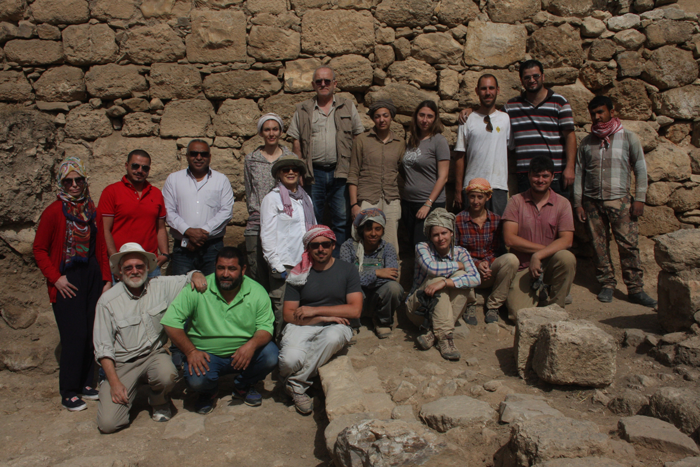
Figure 6: The MRAMP team (co-directors: front row at left-Doug and third over Andrea; second row Suzanne in sunglasses and funny hat with Marta behind).
Suzanne Richard, PhD, professor at Gannon University, is the Director of the Collins Institute for Archaeological Research and of the Archaeological Museum Gallery at Gannon, as well as PI and a Co-Director of the Archaeological Expedition to Khirbat Iskandar and Its Environs, Jordan.
Douglas R. Clark, PhD, professor at La Sierra University (ret.), is the Director of the Center for Near Eastern Archaeology at La Sierra University and Director of the Madaba Plains Project-‘Umayri Expedition, Jordan.
Andrea Polcaro, PhD, is a researcher at the University of Perugia, Co-Director of the Italian-Spanish Archaeological Expedition to Jebel al-Mutawwaq (Jordan) and Co-Director of the Italian Archaeological Expedition to Tell Surghul / Nigin (Iraq).
Marta D’Andrea, PhD, is a research fellow at Sapienza University of Rome and is a Co-Director of the Archaeological Expedition to Khirbat Iskandar and Its Environs, Jordan.
~~~
All content provided on this blog is for informational purposes only. The American Schools of Oriental Research (ASOR) makes no representations as to the accuracy or completeness of any information on this blog or found by following any link on this blog. ASOR will not be liable for any errors or omissions in this information. ASOR will not be liable for any losses, injuries, or damages from the display or use of this information. The opinions expressed by Bloggers and those providing comments are theirs alone, and do not reflect the opinions of ASOR or any employee thereof.
Pingback: Suzanne Richard–2016 CAORC Post Doctoral Fellow - Acor Jordan